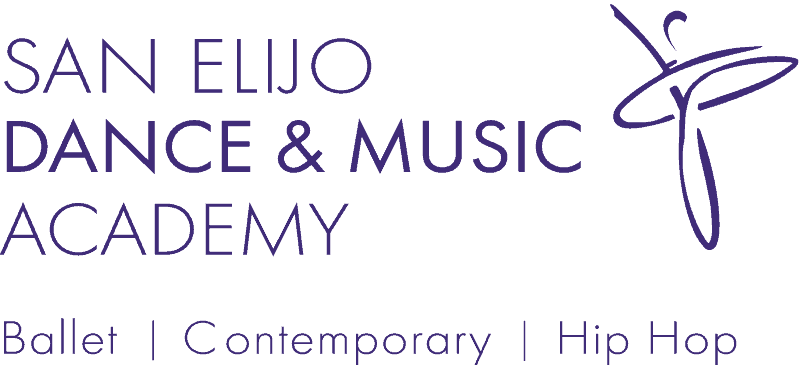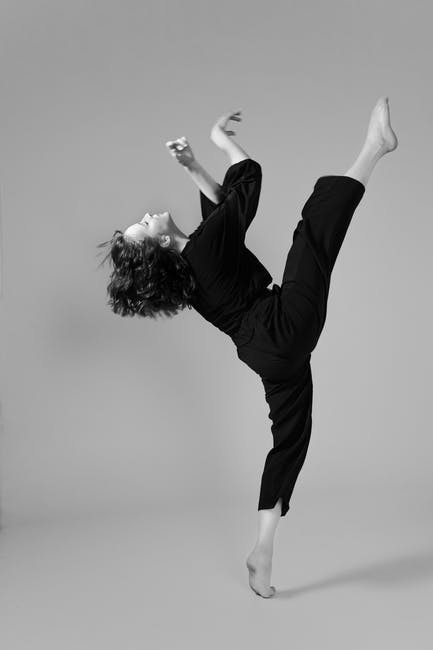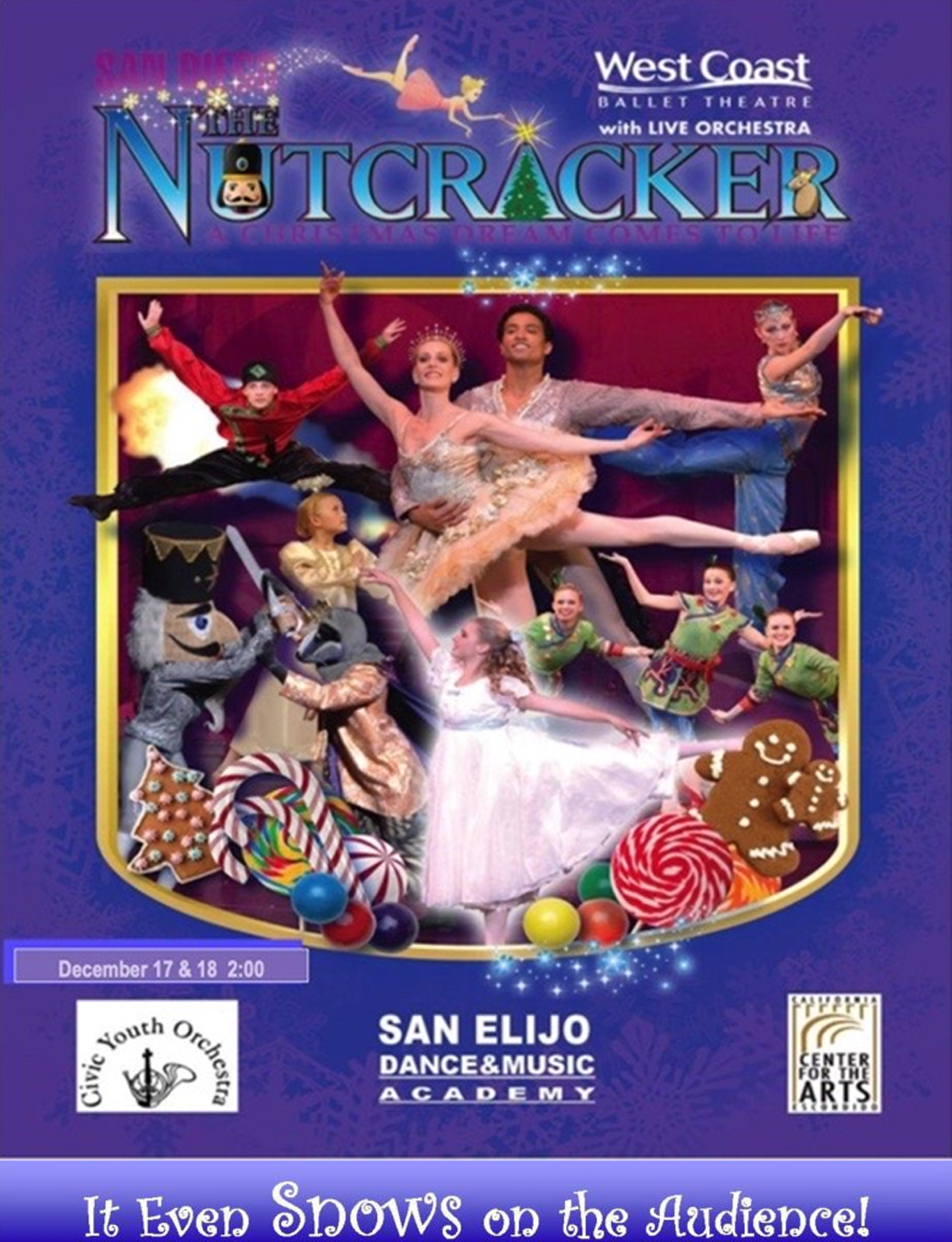Many children become interested in taking dance classes starting at a young age. It’s a fun activity for them to release energy and express themselves. Yet, parents may not realize all the dance academy benefits that translate into other areas of their kids’ lives.
If your kids are interested, but you don’t know much about the world of dancing – it’s okay! This article will teach you what lessons and wisdom can come from enrolling in dance classes.
So, while wondering if your teen should start attending a dance academy, keep reading to learn about the benefits offered. You’ll see a noticeable difference in your teenager’s attitude as well as their wellbeing.
1. Promotes Physical Wellness
The first and perhaps most obvious benefit of a dance academy is that the activity promotes physical health and wellbeing. Dancing is a competitive and serious sport when committed to.
The level of commitment involved leaves dancers usually practicing five to seven days a week. Amounts of hours may vary depending on the dance academy near you or how many types of dance your teenager decides to pursue.
Not only will your teen reap the benefits from building muscles and using isolated movements, but they learn the importance of stretching before and after working out. Teaching them safe ways to move their bodies is important at a young age. Plus, it’s fun for them.
Adolescence is a sensitive time for body image. Teenagers are sensitive about the way their bodies look because of harsh beauty standards.
With the healthy exercise that comes from dancing, they learn how to take care of their bodies and get in shape. This can make them appreciate their physical health more than they did before, as they’ll start feeling and seeing the benefits of working out.
2. Increased Emotional Wellness
Dancing is linked to improved mood. One of the reasons this may be the case is due to its ability to allow teenagers to express themselves through non-verbal language. Dancing gives your child a safe space to develop their interests, express their emotions, and embrace their individuality.
There’s lots of pent-up emotion that doesn’t get easily released during the teenage years. When a teen has such a great outlet to freely be themselves through dance, they learn how to channel their emotions from their personal experience to release them through dancing. Their narratives can be expressed from this creative movement.
Teens also appreciate and value other cultures from dance. Dance academies expose children to various music and styles of dances that originate from all over the world. Being exposed to other cultures can help them remain curious about the world, sparking contemplation and appreciation.
With all of these things happening as a result of dancing, children have a much more positive outlook on life. Their mental wellness not only enhances, but their ability to be empathetic and compassionate develops further.
3. Socialization
It’s not true that shy teenagers cannot make good dancers. In fact, it might even lead to shy teens feeling more confident as they face their fears through performing in front of their peers or an audience. Teenagers, especially those who have anxiety, feel alienated, or have trouble making friends, can benefit from a dance academy.
If your child isn’t enrolled in the right activity or doesn’t branch out during school, there aren’t many opportunities for making new friends occur.
Dancing with others causes natural interaction with one another. Everyone has to be on the same page. Otherwise, the totality of the production is compromised.
Dance instructors encourage children to work together, sparking sincere connections.
Tension is also relieved in settings like this, as many other teens most likely feel the nerves of performing. Friends develop over time being in a shared environment with enforced interaction.
There is also plenty to talk about as dance offers an endless variety of conversations to be had. Plus, spending nearly every day for potentially several hours at a time in a tight-knit room together practically ensures a family environment will be created.
4. Performance Improvement in the Classroom
There is much research out about the correlation between dancing and improved cognitive functioning. It’s even being used to help treat Parkinson’s disease. The research is ongoing, but it showing potential to alleviate certain symptoms from diseases such as Parkinson’s is promising.
Dancing is known to enhance memory, making learning and retention rates easier. It requires impressive mental and physical coordination skills as dancers coordinate movements with rhythmic music. Dancing works both sides of the brain and plays a function in lighting up the brain’s reward center.
It also may be seen as a delayed gratification sport. The practice takes many months of endurance and technical training to develop skills. Because of this, the rewards from completing complex choreography or finally stretching into the splits for the first time are more rewarding than an activity that only promotes instant gratification.
Many regions of the brain become active during dancing. The cerebellum, basal ganglia, somatosensory cortex, and motor cortex all activate. They carefully work together to receive information input and seamlessly execute controlled motor actions.
The act of learning dance builds the brain’s ability to make connections and multitask. These strengthened neural connections continue existing when not dancing. The subtle skills learned then translate into other areas of life, making schoolwork, reading, and researching easier to do.
5. Builds Discipline
While dancing is an innate human behavior, the skill of honing in and refining the craft takes strength and discipline. Dance for kids should be fun, but the valuable lesson of learning discipline will serve them throughout their entire lives.
They learn to apply themselves. Through that build-up comes satisfaction down the line. Dancing in an academy is about working toward something.
Self-awareness is promoted by dancers learning the small, isolated movements their bodies can do. This can teach them to slow down in life, appreciate the moment, and focus their attention on something.
Learning that you might not get something right the first time you try something motivates children and teens to not give up. It promotes a healthy attitude of working hard for the things you want in life, even if you fail once, twice, or more times beforehand.
To get the most benefits out of dance, it’s good to stick with it for the long term. A year enrolled in a dance academy would teach so many important lessons on resilience, confidence in self, and discipline.
Enroll Your Teen in a Dance Academy
So, the benefits of attending a dance academy are quite extensive. Dancing is a holistic experience. It promotes a good mental, emotional, and spiritual health within teenagers who could use the outlet the most.
You don’t have to google ‘dance academy near me’ any longer. The San Elijo Dance and Music Academy offers dance classes for teenagers just starting out or who have a bit of experience already. Click on the link here to go over dance class options for teenagers.


